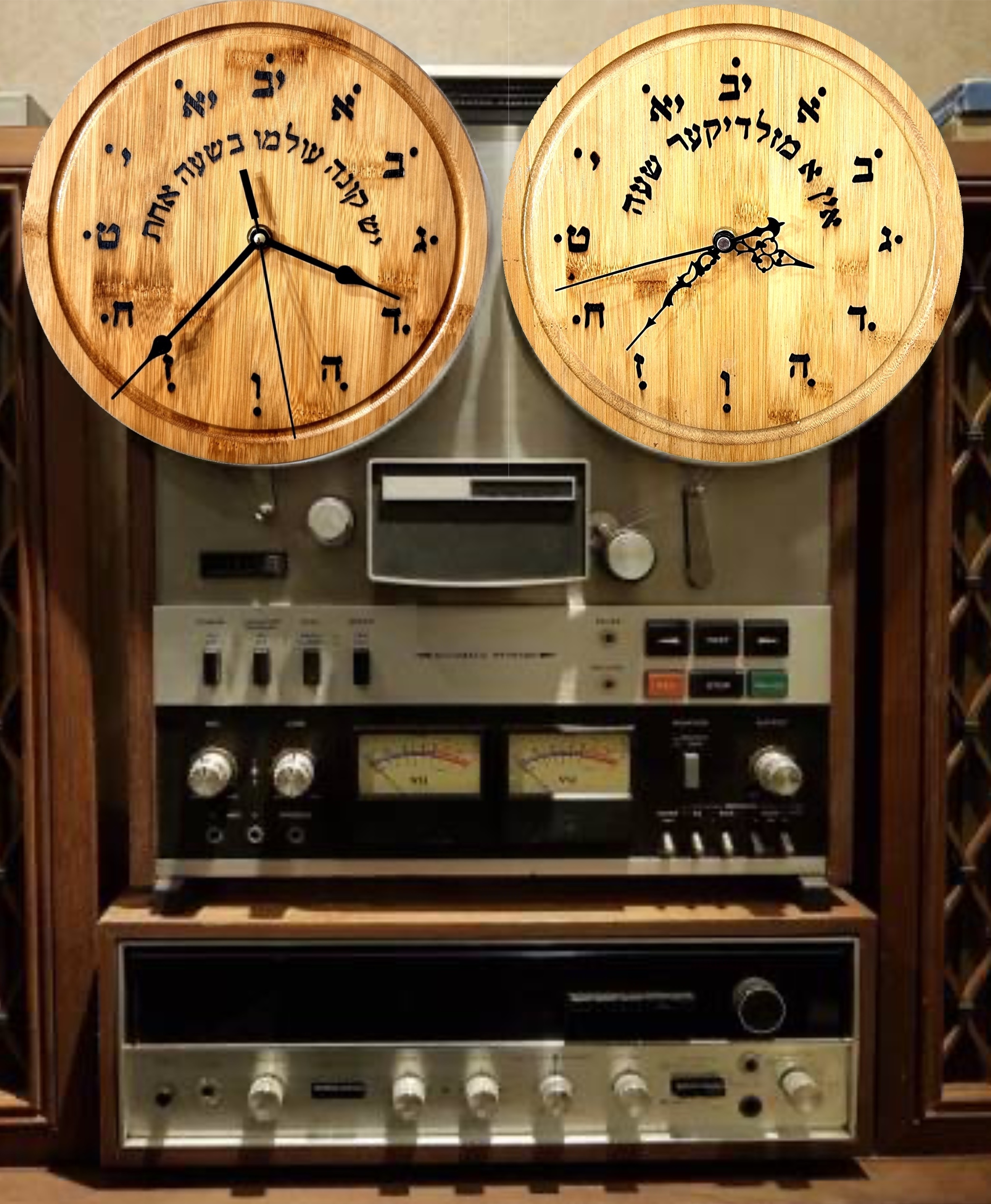Published in Jewish Social Studies.
Read online with a Project Muse account: Live Davenings: Technologies of Ritual Learning and the Convening of a Jewish Sacred Music Underground
Or, download the PDF: Lockwood_Live-davenings.pdf
At the onset of the 21st century, Jewish musicians from across a diverse array of communities have displayed a renewed interest in khazones, an aestheticized version of cantorial prayer leading associated with a mass mediated pop culture phenomenon in the early 20th century. This musical revival of a century old genre of prayer music has been facilitated in part due to a new accessibility of recordings of cantorial prayer performance through the internet. Surreptitiously collected field recordings of cantors at the pulpit, made in disregard for the rules of synagogue comportment, circulated for decades among a small group of collectors in an underground economy of homemade dubbed cassettes. These secret recordings, referred to as “live davenings,” usurp the characteristic ephemerality of prayer to document a 20th century aesthetic concept of cantorial music as an art form beyond its ritual function. In the past decade many of these recordings have surfaced on YouTube and file sharing sites, reaching an expanded audience, exposing a new generation to a largely abandoned style of liturgical performance. Through ethnography with elder field recording makers, internet-savvy collectors, and the artists who use the secrets in the live davening archive to build projects of cantorial revival, this article offers an examination of a body of archival material that has not previously been the topic of any scholarly investigation. This exploration of live davenings contributes to a fuller historical picture of the role media plays in determining what constitutes a reliable source of knowledge about Jewish sacred sound in America, arguing that electronically mediated prayer music serves as a form of prosthesis that repairs lost cultural intimacy, protecting against the perceived deterioration of tradition, a crisis that haunts both the cantorial profession and broader discourses within Jewish American culture.
